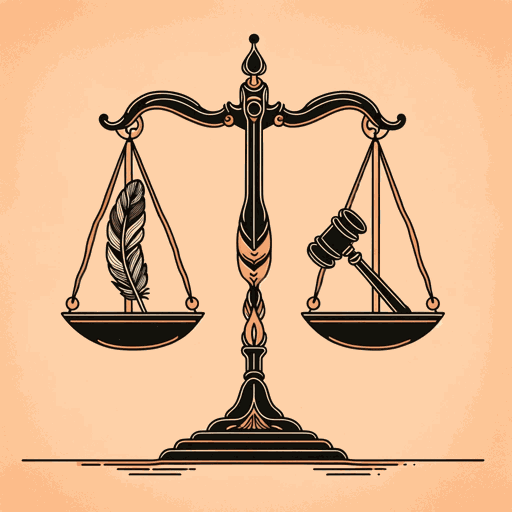42 pages • 1 hour read
Saidiya HartmanWayward Lives, Beautiful Experiments: Intimate Histories of Social Upheaval
Nonfiction | Book | Adult | Published in 1997A modern alternative to SparkNotes and CliffsNotes, SuperSummary offers high-quality Study Guides with detailed chapter summaries and analysis of major themes, characters, and more.
Index of Terms
Afterlife of Slavery
One of Hartman’s core recurring concepts is the “afterlife of slavery,” or the “the reach of the plantation into the ghetto” (29). Hartman uses this phrase to describe the connection between the injustices endured under slavery and the injustices endured centuries later. Jim Crow laws are one example of how Black southerners remained subjugated long after slavery’s end; even those who sought freedom by moving North still encountered marginalization. In Chapter 6, Hartman identifies city slums as “the symptom of a problem 250 years in its evolution” (94), tracing a clear line from slavery in the colonial era to poverty in the 19th and 20th centuries. The afterlife of slavery is also evident in the desires of the Black individuals highlighted in the text, which documents how a history of being property led them to prioritize self-possession over material possession. As Hartman observes, “most black folks […] didn’t adore property […] like white folks did […] what they sought was an escape from servility” (269-70).
The Great Migration
In the early 20th century, large numbers of African Americans migrated from the US South to northern cities like New York, Chicago, and Philadelphia. This movement was motivated by the push of increased anti-Black violence in the South and the pull of job opportunities, especially as the demand for industrial workers increased during World War I.
Featured Collections
Black History Month Reads
View Collection
Books on U.S. History
View Collection
Feminist Reads
View Collection
LGBTQ Literature
View Collection
National Book Awards Winners & Finalists
View Collection
Popular Study Guides
View Collection
Pride Month Reads
View Collection
Women's Studies
View Collection

